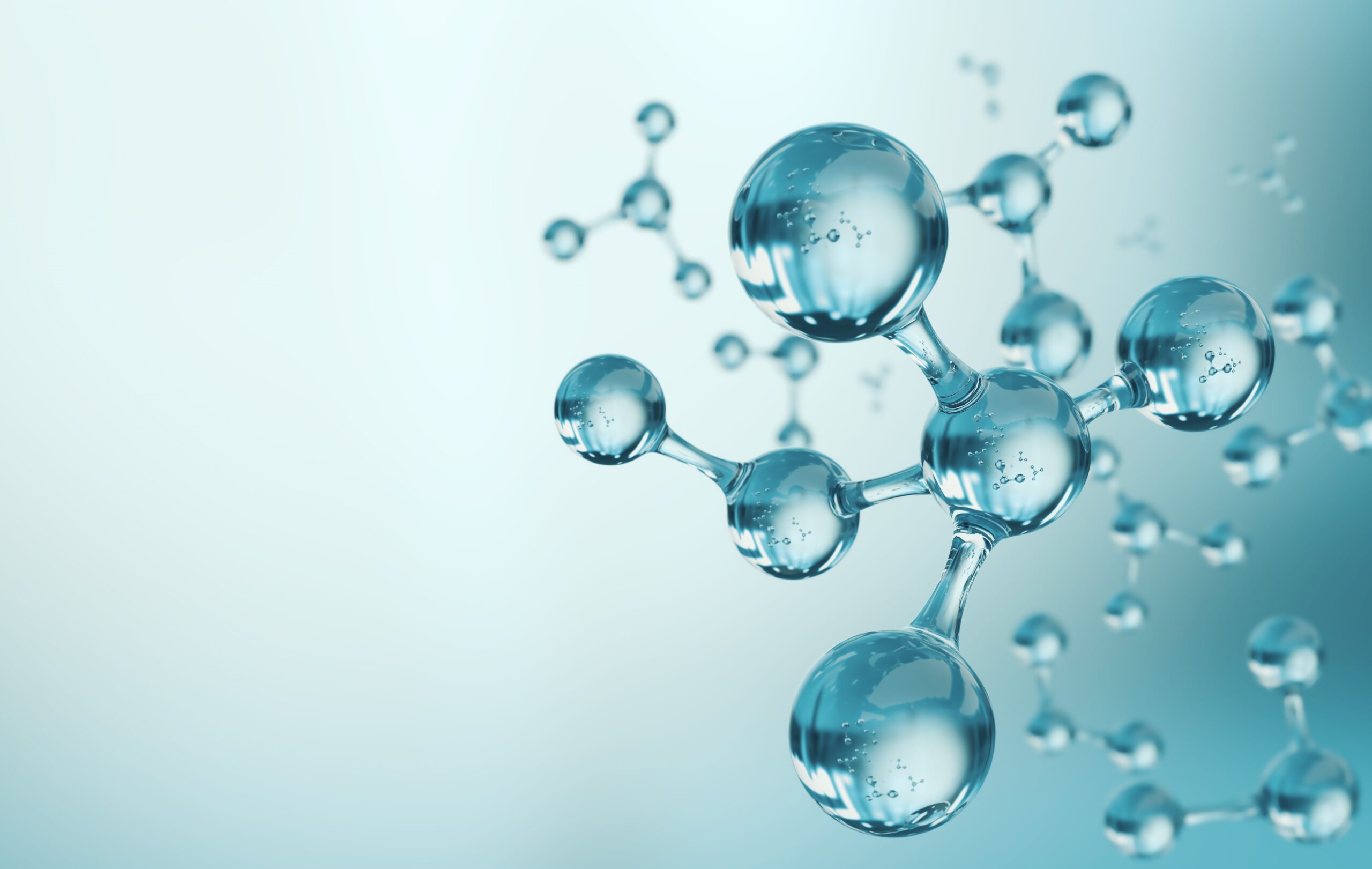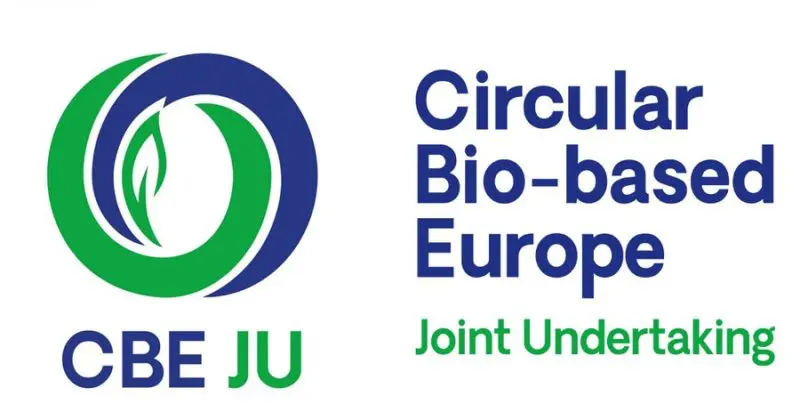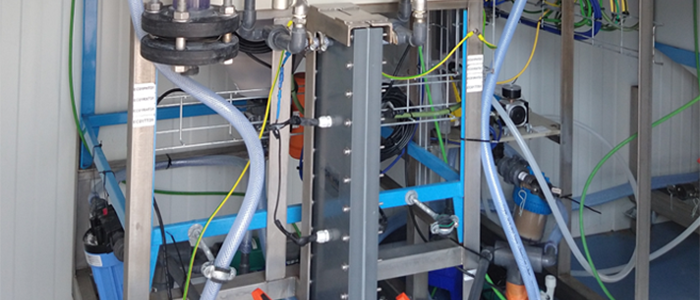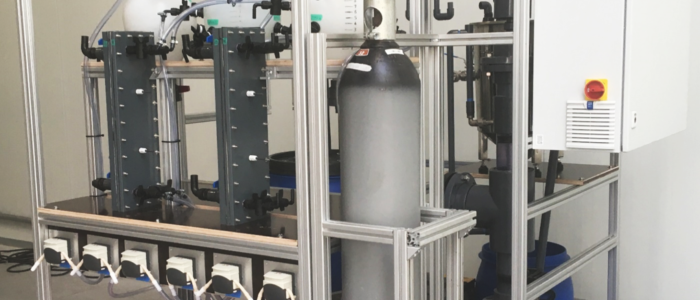
OUR SOLUTIONS
Product recovery
Resource recovery becomes increasingly important in the context of efficient material use, safe and sustainable processing and strategic autonomy. Many resource recovery technologies however depend on the application of chemicals. Electrochemistry allows to produce the chemicals on site from electricity and available precursors (water, salts, process side or waste streams), and to recover and purify target compounds.
How it works
By applying electricity to the electrodes of the electrochemical cell, reactions take place that result in transformation of molecules and changes in the pH, which for example allows to control the pH of chemical or biological processes.
The electric field between the electrodes drives the extraction of ions through ion selective membranes, resulting in recovery, purification and concentration. The extraction or production rate of the chemicals can be controlled by adapting the input of electricity, allowing dynamic control, for example of the pH in fermentation processes.
Key examples of electrochemical product recovery include:
- Ammonia from nitrogen rich wastestreams
- Organic acids, for example from fermentation
- Inorganic ions such as salts, metals, or acids and bases
Our solutions and collaborations

SOLRESS – bio-based solvents from coffee and woody waste
Millions of tonnes of industrial solvents are produced every year from fossil fuels and are a major environmental and health concern due to their toxicity. The SOLRESS project develops an integrated biorefinery to convert post-consumer coffee grounds and lignocellulosic materials into bio-based solvents. HYDROHM is developing an electrochemical extraction unit, which is a key process in the SOLRESS biorefinery to reduce the use of chemicals, increase the productivity and reduce further downstream processing steps.
This project has received funding from the Circular Bio-based Europe Joint Undertaking (CBE-JU) under grant agreement No 101214605. The JU receives support from the European Union’s Horizon Europe research and innovation Programme and the Bio-Based Industries Consortium.




ELECTRODIS – on site electrochemical acid and base recovery from RO brine
HYDROHM is developing a flexible electrochemical system, ELECTRODIS, producing acid, base and a hypochlorite solution at the desired strength, starting from reverse osmosis brine, enabling membrane cleaning with zero chemical input.


LUCRA – electrochemical biosuccinic acid extraction
LUCRA is a Circular Bio-based Europe Joint Undertaking (CBE JU) funded initiative on a mission to revolutionise biobased chemicals. Ten industrial partners and renowned research centres representing the whole value chain from feedstock to products have joined forces to demonstrate the technical and economic feasibility of transforming organic waste into bio-succinic acid on a pre-industrial scale. HYDROHM is responsible for the design and construction of a lab and pilot-scale electrochemical extraction unit to recover succinic acid from fermentation broth. The project is supported by the Circular Bio-based Europe Joint Undertaking and its members.




E-HYDRO – electrochemical extraction of organic acids from fermentation
HYDROHM and Pureblue Water teamed up in a CrossRoads2 Sustainable Energy project. Together, we developed and tested an electrochemical hydrolysis technology that enables cost-effective and energy-neutral decentralised water treatment. Furthermore, our technology creates the opportunity to upcycle the organic stream through fermentation, which can result in the production of valuable products such as bioplastics.



Ammonia recovery and regeneration of scrubbing acid
Ammonia removal is increasingly replaced by recovery. Recovery allows reuse and value creation in a local circular economy and does not result in release of N2O as a potent greenhouse gas. In the state of the art, ammonia is released from the waste (stripping) and captured in liquid (scrubbing). The liquid is a strong acid that is consumed (high cost) and ends up in the final product (limited value).
To improve the sustainability and profitability of the recovery, we are developing a technology that allows to regenerate the acid on site and produce a pure (free from residues) and concentrated (lower transportation costs) final product.
